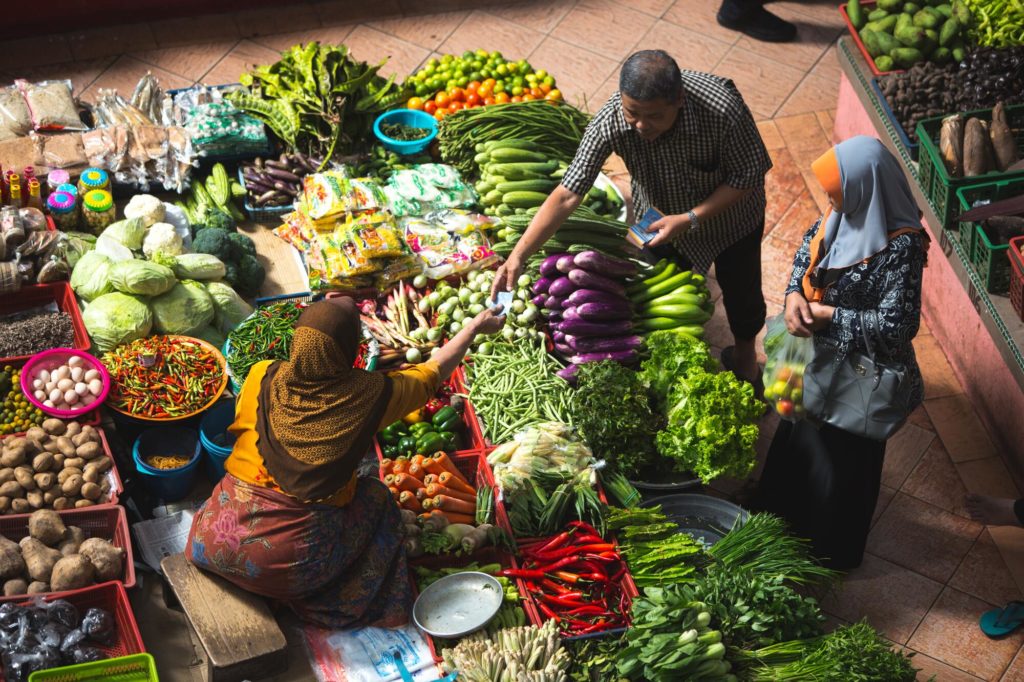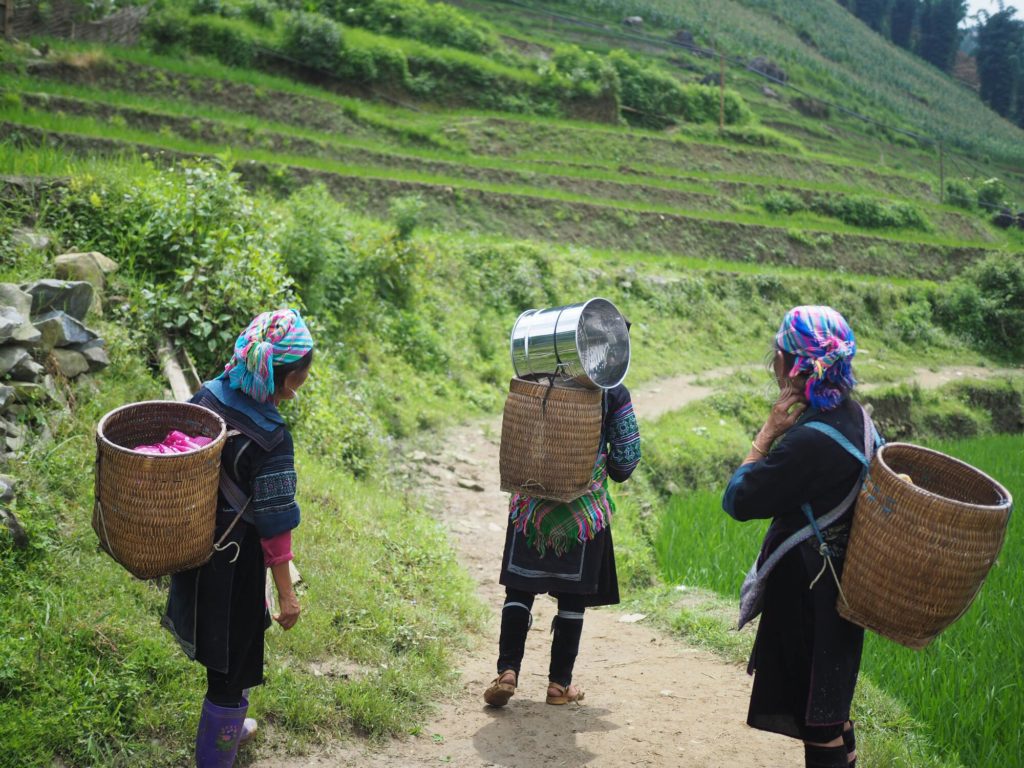At the 47th Plenary session of the Committee on World Food Security (CFS) in February 2021, the CFS adopted the Voluntary Guidelines on Food Systems and Nutrition (VGFSyN). Focusing on food systems and nutrition transformation, the guidelines are a set of recommendations (voluntary and non-binding) which aim to produce policy coherence amongst governmental and institutional actors, and between different sectors. The VGFSyN were formulated through negotiations at a multilateral government level regarding the connections between food systems and nutrition, making this the only global policy instrument in the thematic area to have come about through such a process. When put into use, it is hoped that these guidelines will support the development of multi-sectoral national policies, laws, and investment plans to achieve healthy and safe diets within our planetary boundaries. The guidelines’ actual impact, however, remains to be seen.
In this article, we will provide some key takeaways from the VGFSyN in terms of content and scope- as well as insight into the reflections on the policy instrument from external voices.

